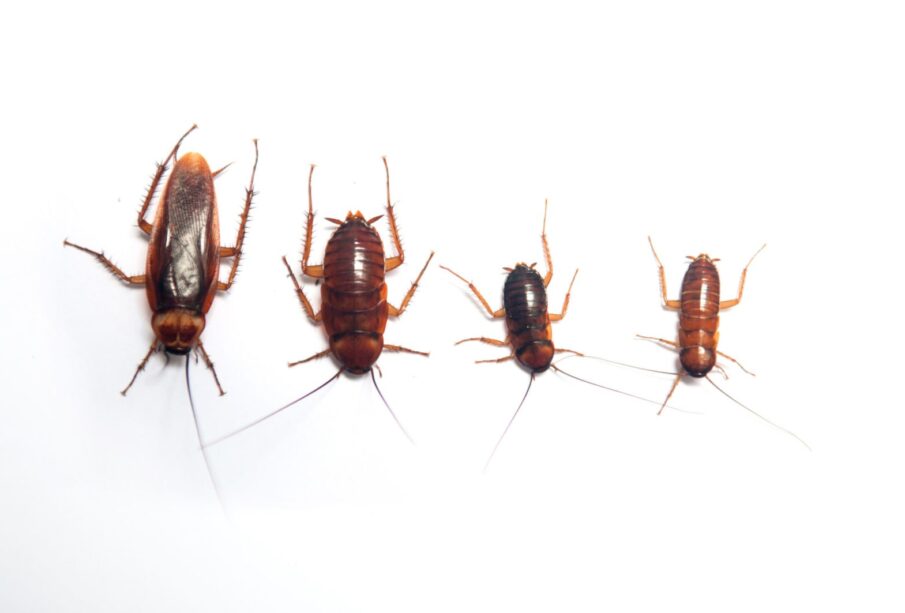
Are pesky pests making themselves at home in your space? DIY pest control can be a cost-effective solution, but it’s essential to avoid common mistakes that could end up causing more harm than good. From overapplying products to overlooking the need for professional help, let’s dive into the top 5 DIY pest control mistakes most people make. Stay tuned to learn how you can tackle those unwanted guests effectively and efficiently!
Common Mistakes People Make with DIY Pest Control
When it comes to DIY pest control, many people fall into traps that can lead to more frustration than relief. Here are some of the most common mistakes people make when attempting DIY pest control.
Overapplying Products
When dealing with pest control, the temptation to overapply products can be strong. Many people believe that using more pesticides will guarantee better results, but this is not always the case.
Overapplying products can have negative consequences. Not only can it harm the environment and beneficial insects, but it can also pose a risk to your health and the health of your pets.
It’s important to carefully follow the instructions on pesticide labels. Using more than recommended will not make the product work faster or better; in fact, it may make it less effective as pests can develop resistance over time.
Remember that when it comes to pest control, more does not always mean better. Stick to the recommended amounts and application frequencies for safe and efficient results in managing pesky intruders in your home.
Relocating the Pest Instead of Eliminating It
When faced with a pest problem, the instinct to relocate the intruder might seem like a humane solution. However, relocating pests instead of eliminating them can lead to bigger issues down the line.
By simply moving the pest from one location to another, you are essentially passing on the problem to someone else or allowing it to return once conditions are favourable again. Pests often find their way back using scent trails or by following familiar routes.
Moreover, relocated pests may struggle to survive in unfamiliar environments, causing distress and suffering. It’s crucial to address pest infestations effectively and prevent future reoccurrences by eliminating them at the source.
Instead of just transferring the issue elsewhere, focus on long-term solutions that target and eradicate pests properly for a more permanent resolution.
Wasting Time & Money
One common DIY pest control mistake that many people make is wasting time and money on ineffective solutions. It’s easy to fall into the trap of trying various products or methods without a clear plan in place. This can lead to spending unnecessary amounts of money on treatments that may not even address the root cause of the pest problem.
Instead of taking a haphazard approach, it’s important to do proper research and assessment before attempting any pest control measures. By understanding the specific pests, such as cockroach infestation, termite infestation, or spider infestation, that you’re dealing with and their behaviour, you can save both time and money by implementing targeted strategies.
Furthermore, investing in preventive measures can help avoid future infestations, ultimately saving you from costly repeated treatments. Remember, being proactive and strategic in your approach to pest control will not only be more effective but also more economical in the long run.
Lack of Effectiveness
DIY pest control methods can sometimes fall short in delivering the desired results. One common mistake that people make is assuming that a single application of a product will solve their pest problem entirely. However, pests can be resilient and may require multiple treatments to fully eliminate them.
Another factor contributing to the lack of effectiveness in DIY pest control is not identifying the root cause of the infestation. Simply treating the visible pests without addressing underlying issues like entry points or attractants can result in temporary solutions rather than long-term prevention.
Furthermore, using incorrect products or applying them improperly can diminish their efficacy. It’s essential to research and follow instructions carefully when choosing and using pest control products to maximize their impact on targeted pests.
Ineffective DIY pest control efforts often lead to frustration and wasted time and money. To achieve successful results, it’s crucial to approach pest management systematically, address all contributing factors, and be persistent in monitoring and treatment until the issue is resolved satisfactorily.
Not Seeking Professional Help When Necessary
When it comes to DIY pest control, sometimes the best course of action is knowing when to call in the professionals. While taking matters into your own hands can be empowering, some infestations require expert knowledge and tools for effective elimination.
Ignoring the signs of a serious pest problem or underestimating the extent of an infestation can lead to further issues down the line. Pest control experts have the experience to identify the root cause of the problem and implement targeted solutions that ensure long-term eradication.
By seeking professional help when necessary, you can save time, money, and frustration in dealing with persistent pests. Don’t hesitate to reach out to experienced pest control services for peace of mind and a pest-free environment.
Conclusion
In dealing with pests on your own, it’s crucial to avoid common DIY pest control mistakes. By being aware of these blunders and taking proactive measures, you can effectively manage pest infestations in your home. Remember, proper application of products, strategic elimination tactics, cost-efficient solutions, and knowing when to seek professional help are key factors in successful pest control efforts. Stay informed, stay vigilant, and stay ahead of those pesky critters!
Best Handmade Wood Furniture Near in Maryland and DC
June 26, 2025
Comments are closed.







